Picture a sun-drenched, white-washed house with a shady courtyard, perched on a cliff-top site in Spain. With the deep blue sea beyond, and an olive grove nearby, it’s the stuff of which fantasies are made.
Beaches…mountains…fabulous cities…colorful festivals, and, of course, sunshine almost everyplace. It’s not surprising that Spain is the most popular country for Europeans seeking a home overseas. Now North Americans, too, are starting to see the allure of Spain for laidback yet cultured European life.
Get Your Free Spain Report Today!
Get Your Free Spain Report Today!
Learn more about the lower cost of living in Spain and other countries in our free daily postcard e-letter. Simply enter your email address below and we'll also send you a FREE REPORT — Live the Good Life in Sunny, Affordable Spain.

By submitting your email address, you will receive a free subscription to IL Postcards and special offers from International Living and our affiliates. You can unsubscribe at any time, and we encourage you to read more about our Privacy Policy.
Western Europe’s second-largest country (just slightly smaller than France), Spain offers fantastic variety in terrain, culture, and lifestyle. To start with, Spain has nearly 3,100 miles of coastline, and much of it is beach. In Northwest Spain, the hills are green, the climate is humid and mild (much like Oregon), and the coast is the chilly but dramatic Bay of Biscay. Spain’s eastern coast and part of the south border the warm waters of the Mediterranean, while the far-western reaches down south look out on the Atlantic. All the coastal areas have relatively temperate climates…cooler in the north, hotter in the south, but generally with only about 40 F between average highs and average lows year-round.
Looking for culture? Spain has a rich history. The Phoenicians, Greeks, Romans, and Arabs all settled here and left ample remains, language, and customs. Walk in the steps of sultans at Granada’s Alhambra, take the pilgrimage route to Santiago de Compostela, or gaze on Segovia’s mighty Roman aqueduct, over 2,000 years old… You’ll find plenty of cities in Spain, large and small, which merit exploration.
And, thanks to rapid public transportation, it’s easy to get around Spain. High-speed and suburban train lines connect many cities, and bus routes crisscross the country. You can get from Madrid to destinations on the southern coast in three to four hours, to Valencia in two, and up to Barcelona in about three. In addition to the large airports in Madrid and Barcelona, smaller airports around the country—served by discount airlines as well as the major carriers—connect Spain with the rest of Europe.
This is First-World Europe, after all. You’ll find modern services, efficient transport, and excellent healthcare in Spain.
You’ll also find a lively, outgoing lifestyle and some of the best food and wine around. In Spain, life is meant to be enjoyed, and hanging out is an art. And, even better, it all comes at an affordable price: Spain has one of the lowest costs of living in Europe. So if you’ve ever dreamed of a romantic, affordable European lifestyle, take a look at Spain.
Get Your Free Spain Report Today!
Get Your Free Spain Report Today!
Learn more about the lower cost of living in Spain and other countries in our free daily postcard e-letter. Simply enter your email address below and we'll also send you a FREE REPORT — Live the Good Life in Sunny, Affordable Spain.

By submitting your email address, you will receive a free subscription to IL Postcards and special offers from International Living and our affiliates. You can unsubscribe at any time, and we encourage you to read more about our Privacy Policy.
Pros and Cons of Living in Spain
By Marsha Scarbrough
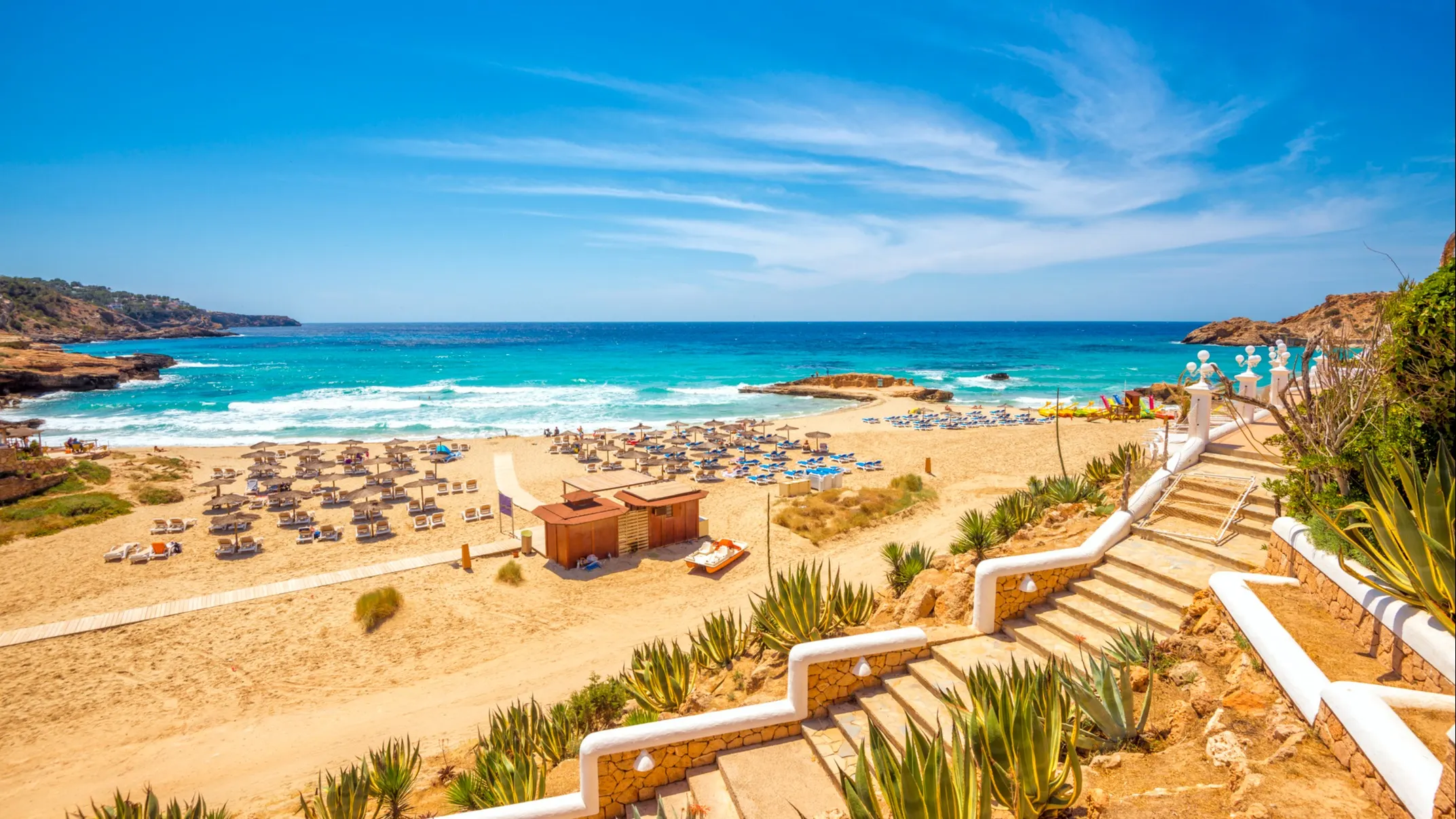
Spain has something for everyone. You can choose beaches, mountains, deserts, rural farms, quaint pueblos, or intensely urban cities. Sorting out pros and cons ultimately boils down to personal choice. Knowing yourself is the first step in deciding where to settle down on the Iberian Peninsula, but here’s some information to help you choose.
Climate
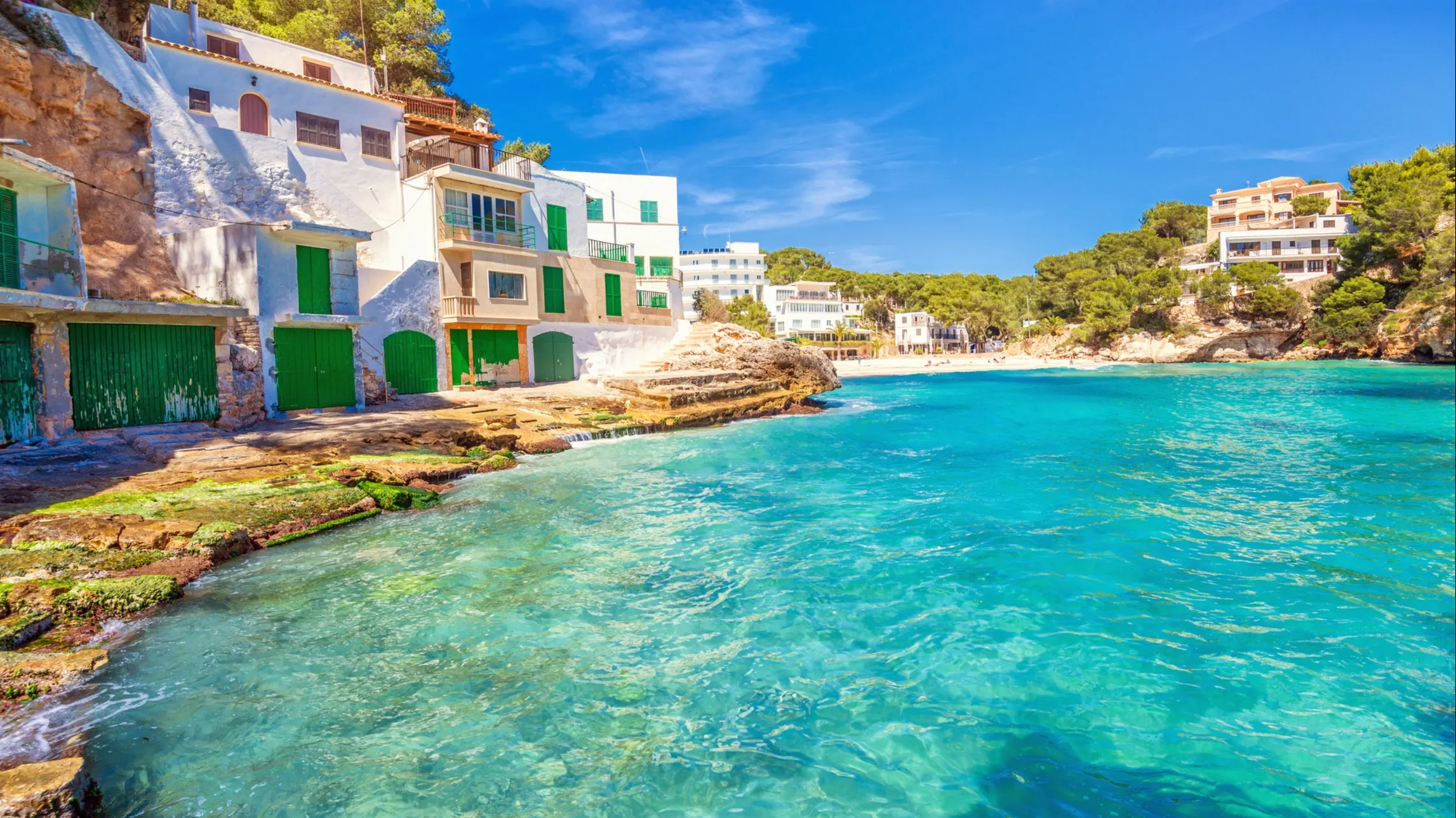
Pros: It’s sunny. Are you tired of shoveling snow and salting your sidewalk? Welcome to the land of sunshine. Exactly how much sunshine depends on where you settle. On the Costa del Sol, the sun shines an average of 320 days a year. Spain’s northern coast can be cool and rainy, like Oregon or England, most of the year, but it’s delightfully perfect in July and August. Madrid averages in the 70s F and 80s F, although it can soar above 90 F in the peak of summer and frost during the occasional winter night. Seaside Valencia offers hot summers and milder winters. Unless you choose a mountaintop in the Pyrenees or the Picos de Europa, you will never slip on ice again.
Cons: Summer is hot. Andalusia can be sizzling from April to October. August in Madrid is so scorching that almost everyone leaves and goes to the beach. Beaches can be windy. No climate is perfect.
Cost of Living

Pros: It’s affordable. Even in Madrid, one of the most expensive locations in Spain, I can live (modestly) on $2,000 a month. Rent is a little or a lot cheaper than the U.S., depending on what part of Spain you choose. Living in a city where you don’t need a car can be a huge saving. The fact that you don’t have to tip in restaurants automatically saves you 20% every time you go out to eat. A glass of wine is about $2.50. A small beer is even less. At midday, you can get a three-course meal including wine or beer for $10 to $14.
Cons: Using air conditioning day and night all summer can get expensive.
Safety and Security
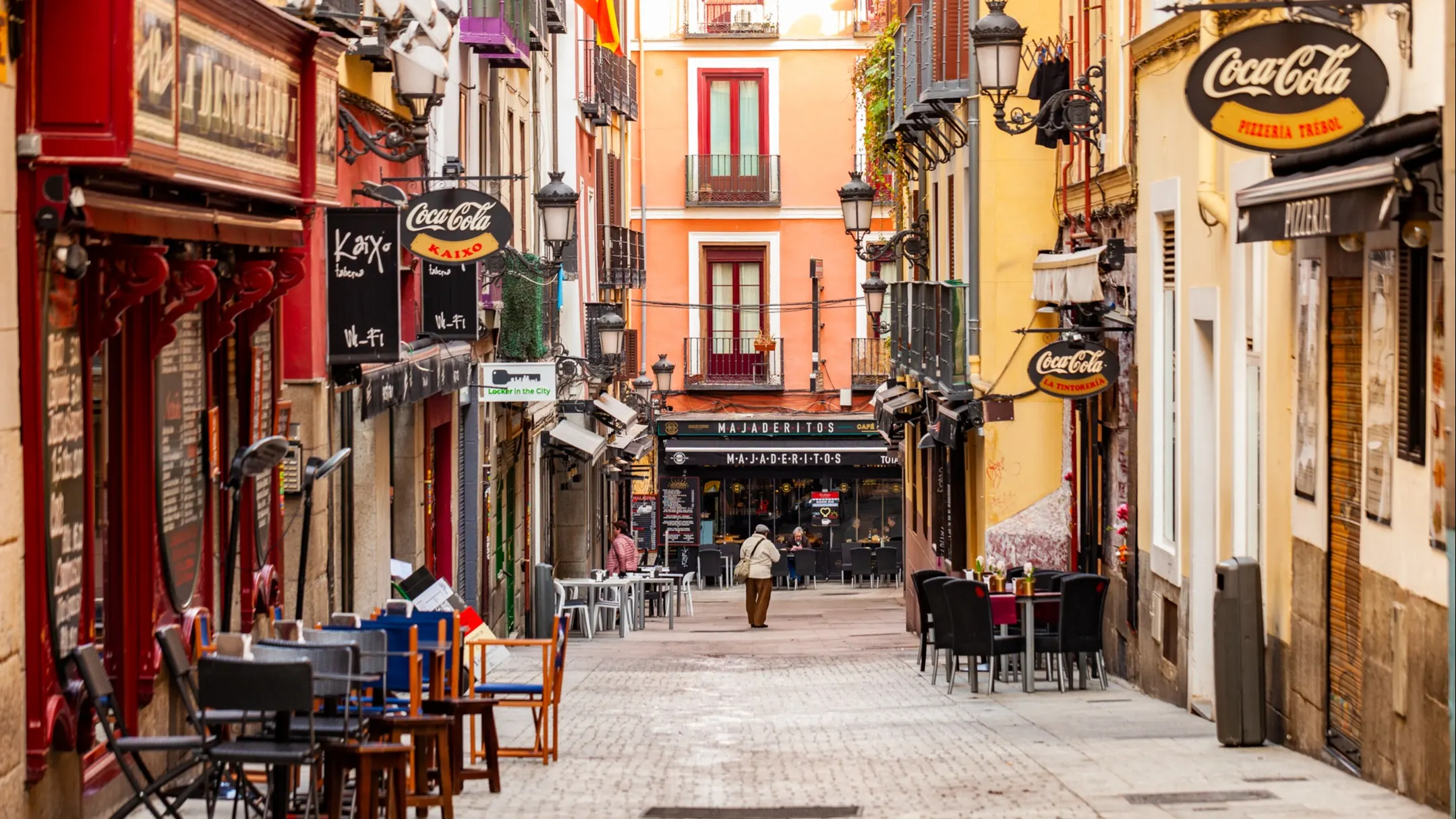
Pros: It’s safe. You can walk the streets any time of the day or night without worry. Crime rates are low. Violent crime is rare. Although guns are legal, ownership has so many restrictions that very few people have them.
Cons: There are a few pickpockets. Don’t put your wallet in your backpack. Watch your purse on crowded metros and along Las Ramblas in Barcelona. Don’t leave valuables unguarded on the beach when you swim…like anywhere in the world.
Medical Care
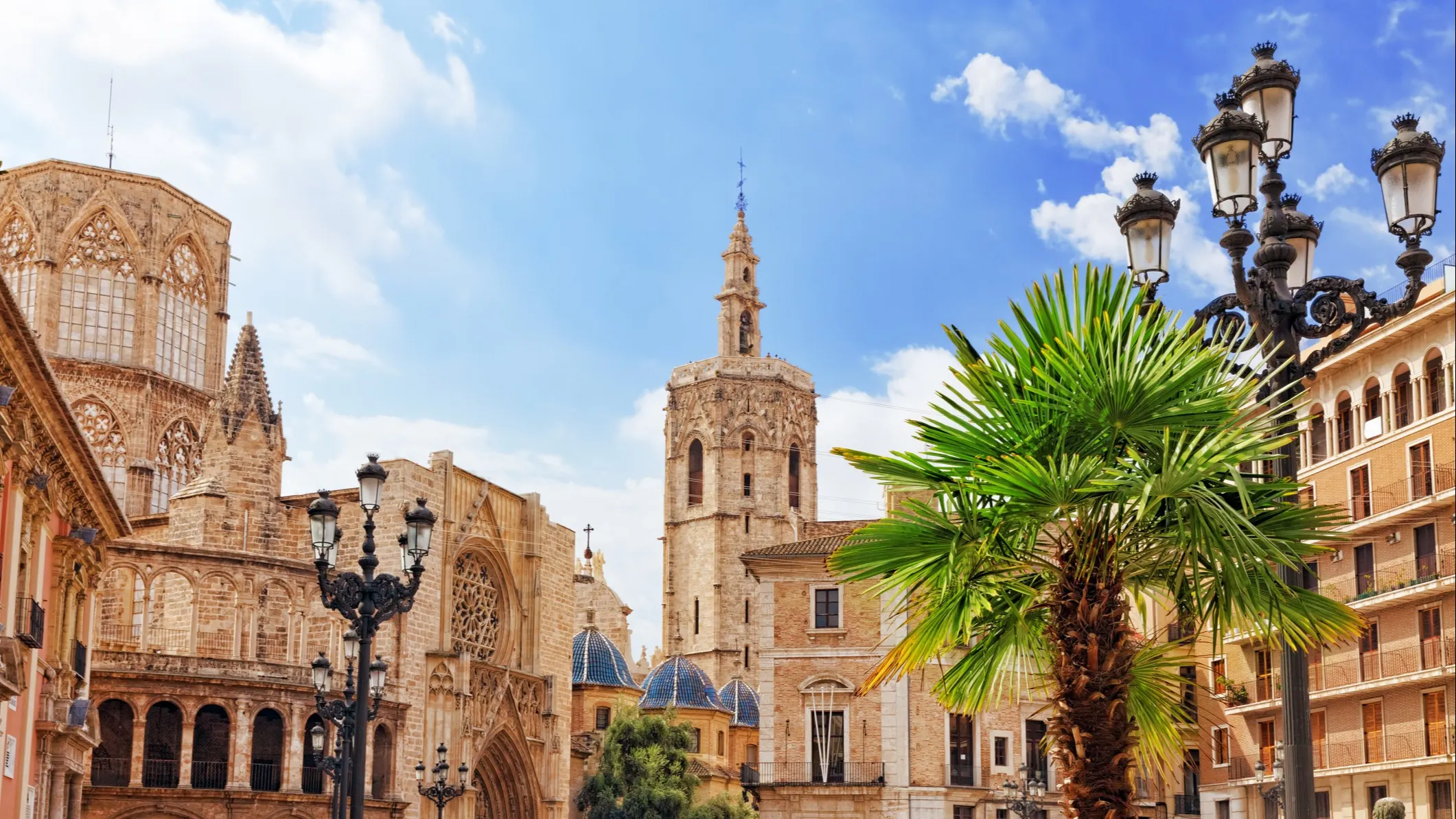
Pros: It’s among the best in the world. World Health Organization ranks Spain seventh. Canada comes in at number 30. The U.S. trails at number 37. Spain has four doctors for every 1,000 people, and in theory, you’re never more than 15 minutes from a hospital. Spain also does more organ transplants than any other nation in the world. Life expectancy is high at 81.92 years, beating the U.S. by nearly three years.
Cons: Although Spain’s public health system is free to those paying into Spain’s social security system, as an expat, you will probably have to buy private insurance for your first five years of residency, depending on your visa. The cost escalates with your age. At 70 with Sanitas, the cost is about the same as Medicare with a Medigap a policy and Plan D supplement in the USA. When you get permanent residency after five years, you can switch to the public system if you choose to.
Get Your Free Spain Report Today!
Get Your Free Spain Report Today!
Learn more about the lower cost of living in Spain and other countries in our free daily postcard e-letter. Simply enter your email address below and we'll also send you a FREE REPORT — Live the Good Life in Sunny, Affordable Spain.

By submitting your email address, you will receive a free subscription to IL Postcards and special offers from International Living and our affiliates. You can unsubscribe at any time, and we encourage you to read more about our Privacy Policy.
Language

Pros: You can get by in English. Many Spaniards speak English or are learning English and want to practice. English has been taught in the public schools since the end of Franco’s dictatorship, so everyone 30 years of age or younger speaks it quite well. Those over 30 know they need to learn it, so they welcome opportunities to try it out. In any tourist area, service providers will speak English. You can handle all the basic transactions of life in English, except for the immigration office where you will have to get a bilingual friend to go with you or hire someone to translate.
Cons: If you don’t already speak Spanish, you really should learn. Although you can live without it, being able to speak shows your effort to integrate into the culture, and Spaniards appreciate that. Also to participate in conversations about politics or art or life with Spanish friends, you need to speak and understand their language. Plenty of classes are available in-person and online (yabla.com for example). Apps like duolingo are helpful. Intercambios, which are language exchanges, can be arranged anywhere in the world, in person or by video chat.
Activities and Recreation
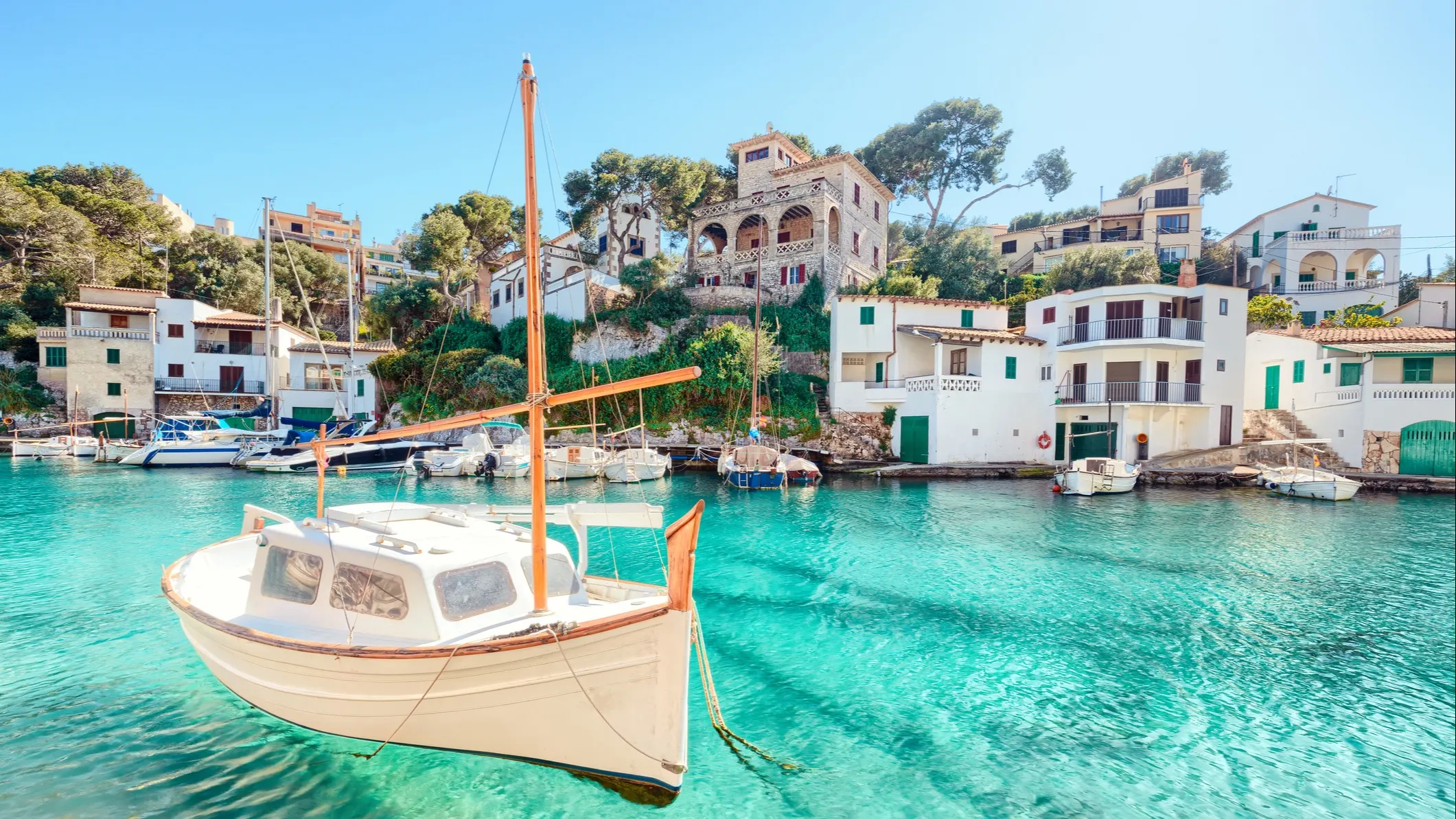
Pros: Want to go to the beach? Spain has more than 5,000 miles of coastline, so swimming, sunning, surfing, windsurfing, boating, snorkeling, and fishing are popular pastimes. Spain also has mountain ranges, so hiking and mountaineering are popular too. In winter, those slopes open for skiing and snowboarding. Of course, plenty of people enjoy golf, tennis, and wine tasting. Yoga and Pilates are easily available. You can also watch sports, especially fútbol (soccer to Americans), with world class teams Real Madrid, Madrid Atletico, Barcelona, and others. Although it’s controversial, it’s still possible to see bullfights.
Cons: The sheer number of things to choose from is overwhelming.
Proximity to the U.S.

Pros: Airfares are a lot less expensive than they used to be. One way on Norwegian airlines, Madrid to New York City can be as low as $180 for an eight-and-a hour journey. Other examples include:
Malaga to NYC: $165 for a 15-hour flight.
Barcelona to NYC: $140 for a 9-hour flight.
Madrid to Los Angeles: $219 for a 12-hour flight.
Barcelona to San Francisco: $200 for a 12-hour flight.
Since these prices only include carry-on luggage, it’s worth considering Low Fare+, which includes meals and a checked bag. Use the “whole month” feature on the Norwegian website to see which days offer the lowest airfares.
Cons: It’s a long trip. Beware of dehydration, swollen ankles, and jet lag.
Get Your Free Spain Report Today!
Get Your Free Spain Report Today!
Learn more about the lower cost of living in Spain and other countries in our free daily postcard e-letter. Simply enter your email address below and we'll also send you a FREE REPORT — Live the Good Life in Sunny, Affordable Spain.

By submitting your email address, you will receive a free subscription to IL Postcards and special offers from International Living and our affiliates. You can unsubscribe at any time, and we encourage you to read more about our Privacy Policy.
Quality of Life
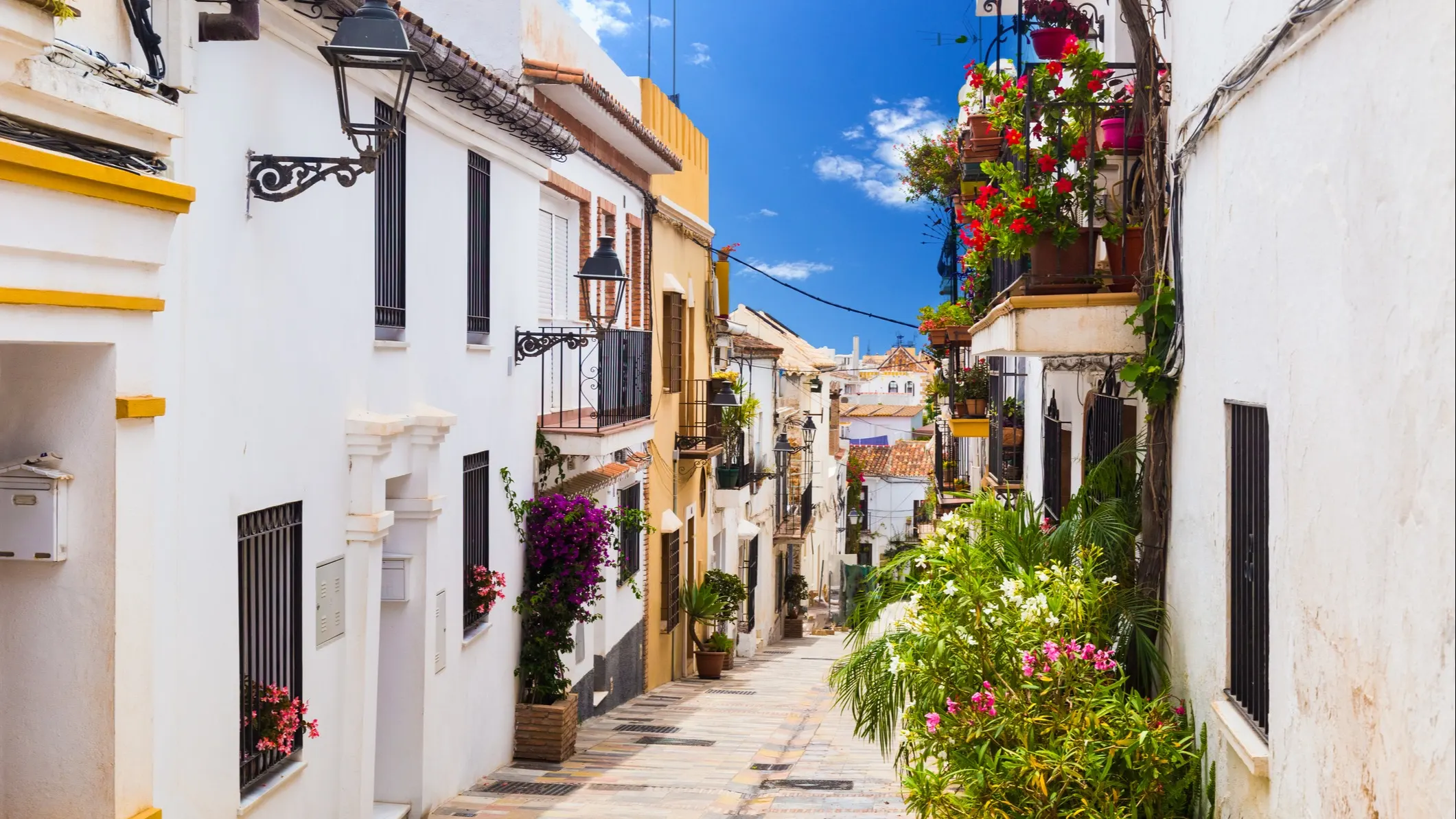
Pros: You get a lot of bang for your buck (or euro). Despite its affordability, Spain’s infrastructure is all first-world level. Roads, bridges, public transportation, electricity, and waste management are all equal to North American standards or better. You can drink the water from the tap, take a hot shower, or charge your phone any time of the day or night. Besides widely varying terrain, Spain also offers great diversity of cultures. Immigrants from Latin America, Asia, and Africa add richness to daily life with their cuisines, music, and customs. Even in the face of agitation from Catalan separatists, Spain remains politically stable. For me, Spain’s greatest gift has been her people and their ebullient love of life. These friendly, helpful people spend hours talking to each other. Although they own computers, X-boxes, and mobile phones, conversation remains their most popular pastime.
Cons: Your stateside friends will be jealous.
Get Your Free Spain Report Today!
Get Your Free Spain Report Today!
Learn more about the lower cost of living in Spain and other countries in our free daily postcard e-letter. Simply enter your email address below and we'll also send you a FREE REPORT — Live the Good Life in Sunny, Affordable Spain.

By submitting your email address, you will receive a free subscription to IL Postcards and special offers from International Living and our affiliates. You can unsubscribe at any time, and we encourage you to read more about our Privacy Policy.















